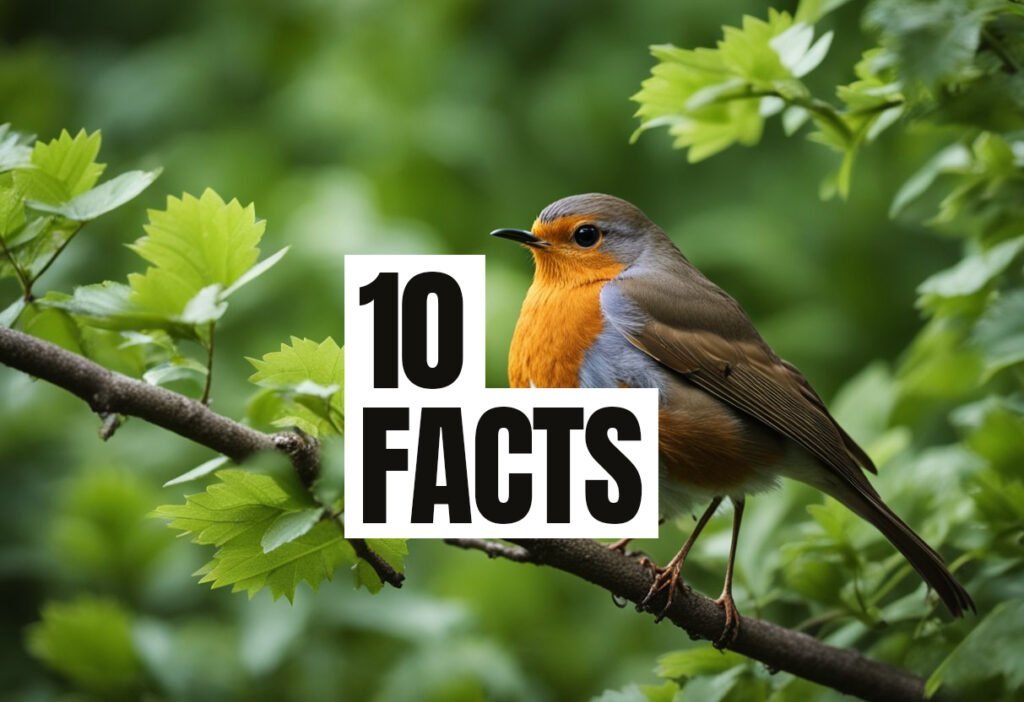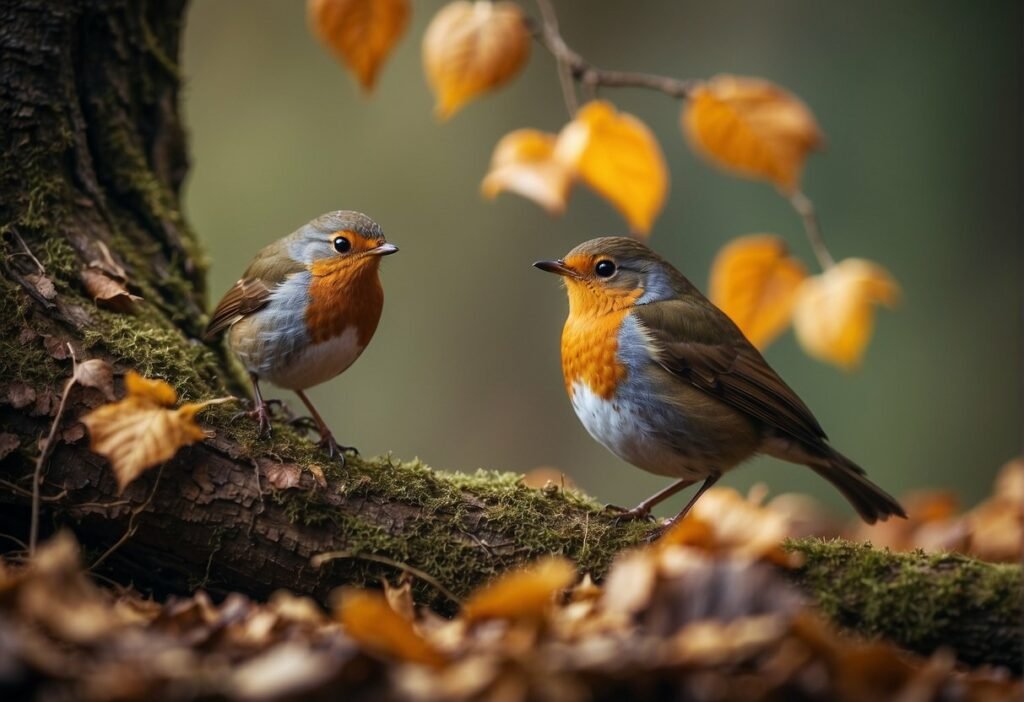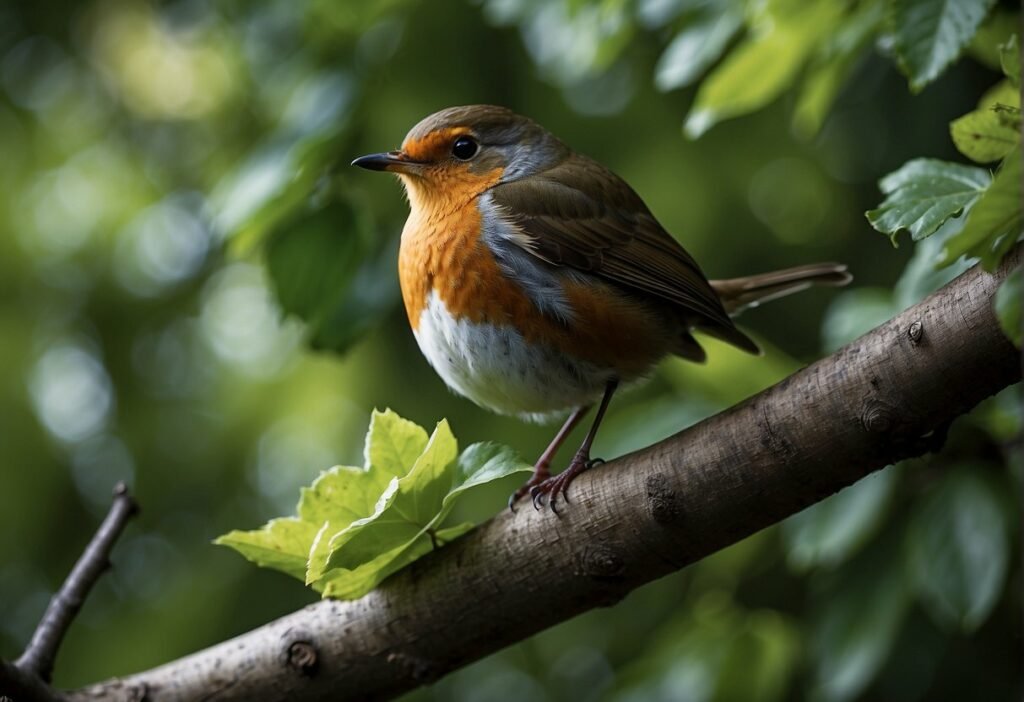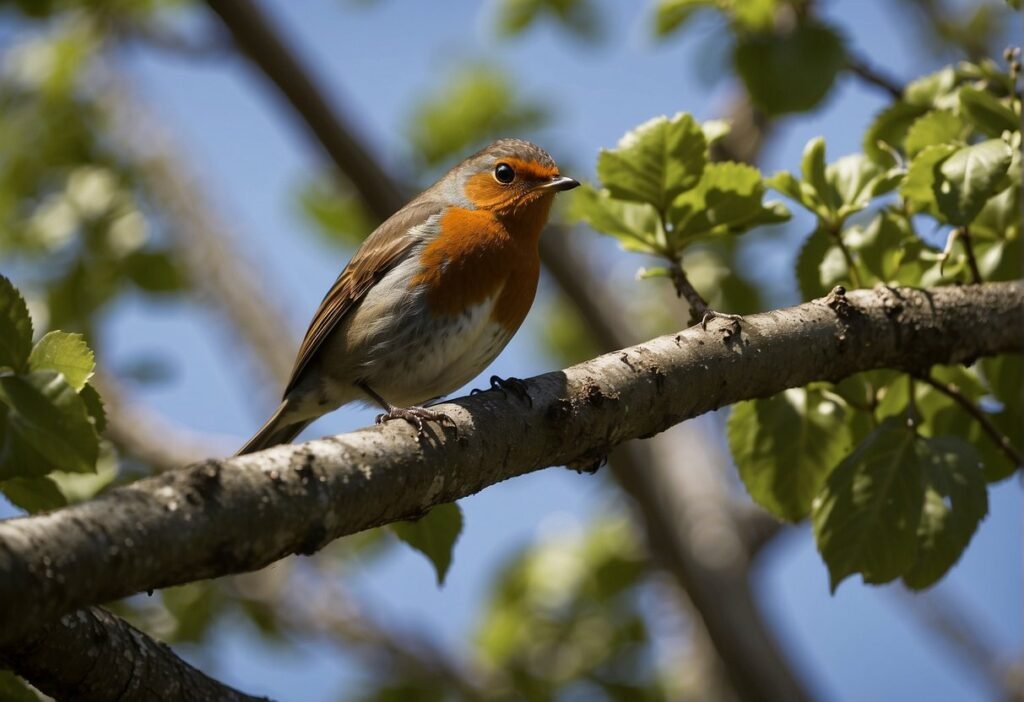Robins are a common sight in North America, known for their bright orange-red breast, grey-brown back, and white belly. They are medium-sized songbirds that are found in different habitats, including forests, gardens, and parks. Apart from their physical characteristics, robins have also been an integral part of folklore and mythology across different cultures.
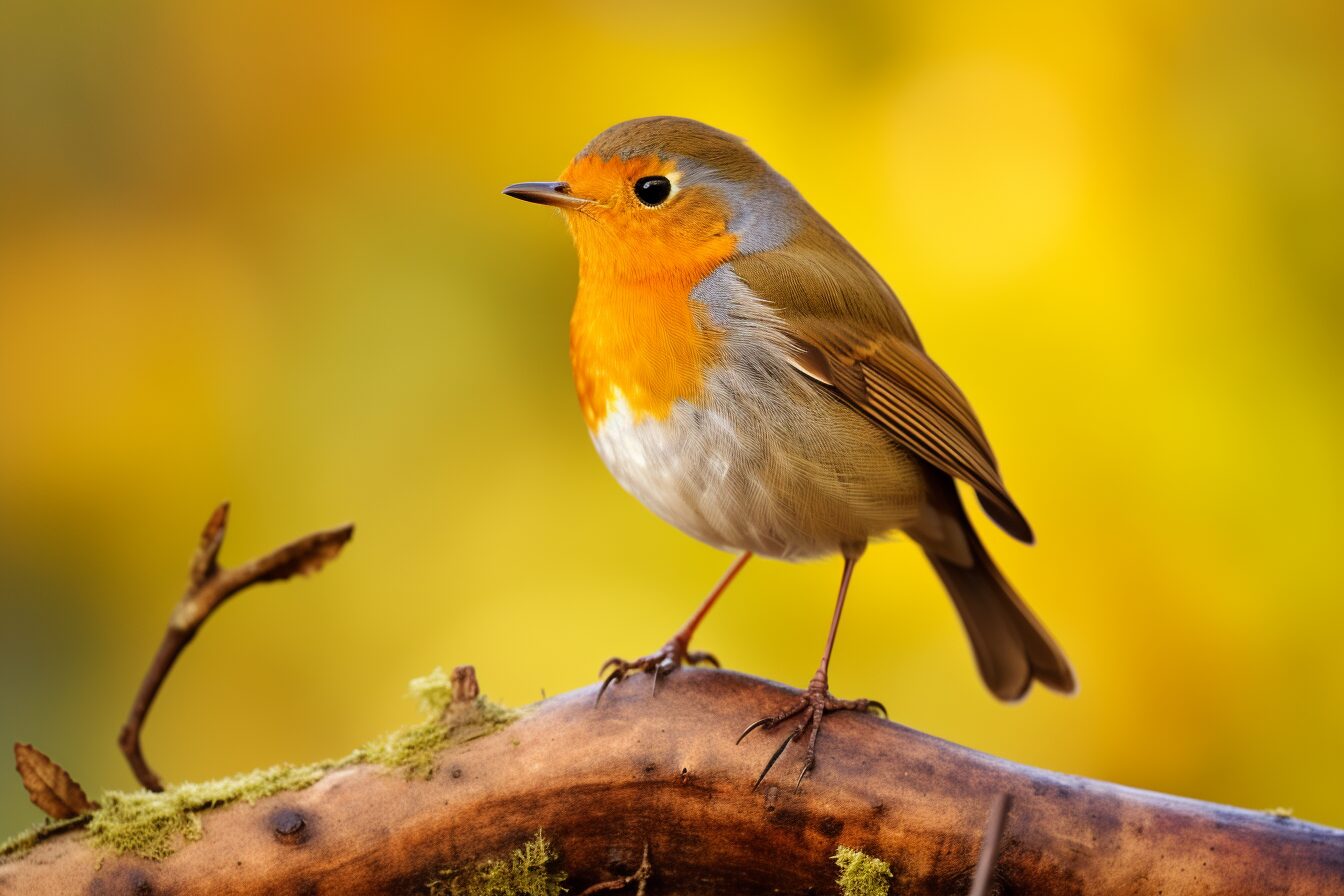
Robins have been associated with different meanings in folklore and mythology. In Celtic mythology, the robin is a bird that is linked to the gods of the Otherworld and the winter season. In some cultures, the robin is considered a symbol of joy, while in others, it is linked to death and rebirth. In Christian mythology, the robin is said to have acquired its red breast when it tried to remove the thorns from the crown of thorns worn by Jesus Christ.
Despite the varying meanings attached to robins in different cultures, they remain a significant part of folklore and mythology. The role they play in these stories is a testament to their significance in human culture and our relationship with nature.
Robins in Folklore and Mythology
Robins have played a significant role in folklore and mythology across various cultures and regions. In this section, we will explore the symbolism and cultural significance of robins.
Symbolism and Significance
Robins are often associated with the arrival of spring, new beginnings, and renewal. In Norse mythology, the robin was linked to the God of Lightning, Thor. The robin was thought to be under Thor’s protection and therefore lightning would strike anyone who harmed a robin, its nest, or eggs. This association with protection and good luck is also found in Celtic mythology, where the robin is seen as a symbol of courage and protection. It is believed that the bird has the ability to ward off evil spirits and to protect those who are in need.
In Christianity, the robin is often associated with the birth of Jesus Christ. According to a legend, a robin fanned the flames of a fire to keep it burning while Mary and Joseph were resting with baby Jesus. The bird’s breast turned red from the heat of the fire, symbolizing the blood of Christ. This association with the color red is also found in other cultures, where the robin’s red breast is seen as a symbol of passion, warmth, and love.
Cultural and Spiritual Representations
In Native American culture, the robin is seen as a messenger of spring and a symbol of happiness and joy. The bird is also associated with family and home, as it is known for building nests close to the ground. In English folklore, the robin is seen as a guide for lost souls and a symbol of sacrifice. It is believed that if a robin flies into a house, it is a sign that someone in the house will die soon.
The robin’s behavior is often seen as a symbol of positive change and transformation. In many cultures, the bird is seen as a spirit animal that supports personal growth and rejuvenation. The robin’s arrival is often seen as a sign of the arrival of spring and the growth of new life.
In conclusion, the robin bird has been an important cultural and spiritual symbol across various cultures and regions. It is associated with hope, love, good luck, protection, and positive change. Its symbolism and significance have been passed down through generations, making it a beloved and cherished bird in many cultures.
Robins in Seasonal and Natural Contexts
Robins are a common sight in North America and Europe, where they are known for their beautiful plumage and distinctive song. These birds have played an important role in folklore and mythology for centuries, and are often associated with the arrival of spring and the renewal of life.
Roles in Ecosystems and Human Life
Robins play an important role in ecosystems, helping to control insect populations and spreading seeds as they move from place to place. They are also an important food source for many animals, including hawks, owls, and snakes. In human life, robins are often seen as a symbol of good luck and vitality, and are sometimes associated with love and family.
Seasonal Behaviors and Symbolism
Robins are particularly associated with the arrival of spring, when they return from their winter migrations and begin to breed. During the breeding season, robins can be seen building nests and laying eggs, and their distinctive song can be heard throughout the woodlands. In many cultures, robins are seen as a symbol of hope and renewal, and are often associated with Christmas and the arrival of winter.
The European robin, also known as the robin redbreast, is a particularly important symbol in European folklore. According to legend, the robin got its red breast from a drop of Christ’s blood, and is often seen as a protector and guide. In some cultures, robins are also associated with fertility and good fortune.
In North America, the American robin is a common sight in gardens and parks, where it is known for its distinctive orange-red breast and cheerful song. These birds are often seen as a sign of spring and the arrival of warmer weather, and are sometimes associated with change and rejuvenation.
Overall, robins have played an important role in human culture for centuries, and continue to be an important symbol of the natural world and the cycles of life and death. Whether seen as a sign of good luck, a protector, or a symbol of renewal, these birds continue to capture the imagination of people around the world.
Frequently Asked Questions
What spiritual significance is attributed to robins appearing after a loved one’s passing?
In many cultures, robins are seen as symbols of the souls of the departed. According to impeccablenestdesign.com, seeing a robin after the death of a loved one is believed to be a message of hope and reassurance that the departed soul is at peace and in a better place.
How are robins interpreted as messengers or signs from angels?
In some spiritual traditions, robins are believed to be messengers or signs from angels. According to birdchronicle.com, seeing a robin may be interpreted as a sign of divine guidance or intervention.
What does the presence of a robin symbolize in terms of love and relationships?
Robins are often associated with love and relationships. According to birdzilla.com, seeing a robin may be interpreted as a sign of new beginnings and positive changes in one’s love life.
In what ways are robins associated with death or the afterlife in various cultures?
Robins are often associated with death and the afterlife in many cultures. According to carolroe.com, robins are seen as symbols of rebirth and renewal, which are often associated with the afterlife.
How do robins feature in winter-related myths and beliefs?
In many cultures, robins are associated with winter and the holiday season. According to birdzilla.com, robins are often featured in Christmas carols and decorations as symbols of hope and joy.
What are the implications of seeing multiple robins from a spiritual perspective?
Seeing multiple robins may have different spiritual implications depending on the context. According to impeccablenestdesign.com, seeing a group of robins may be interpreted as a sign of unity, harmony, and cooperation.
